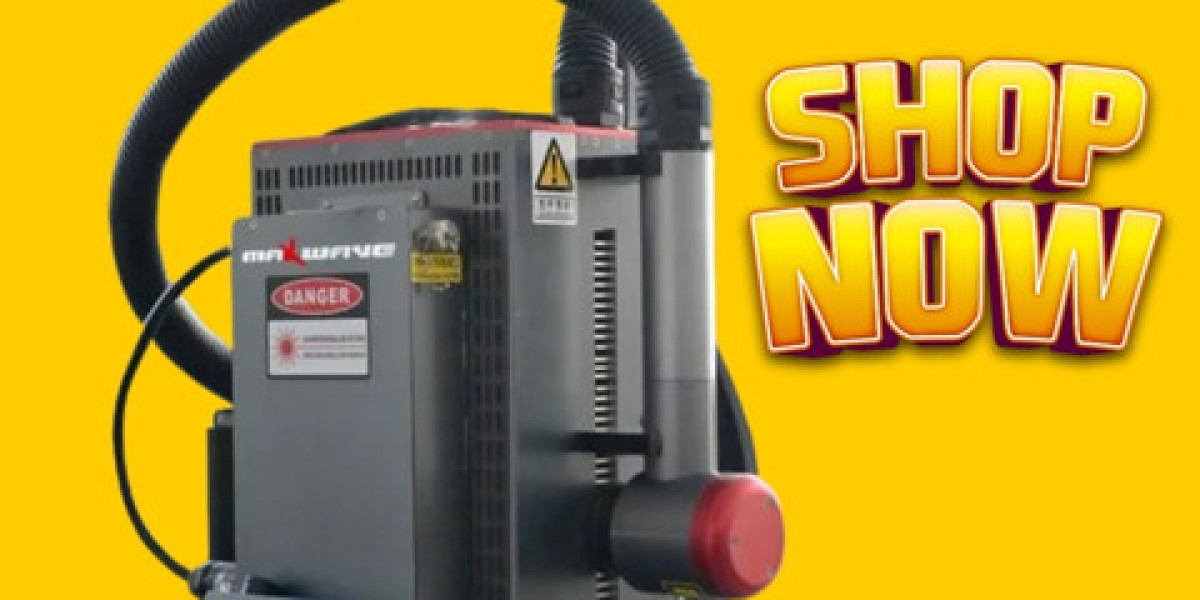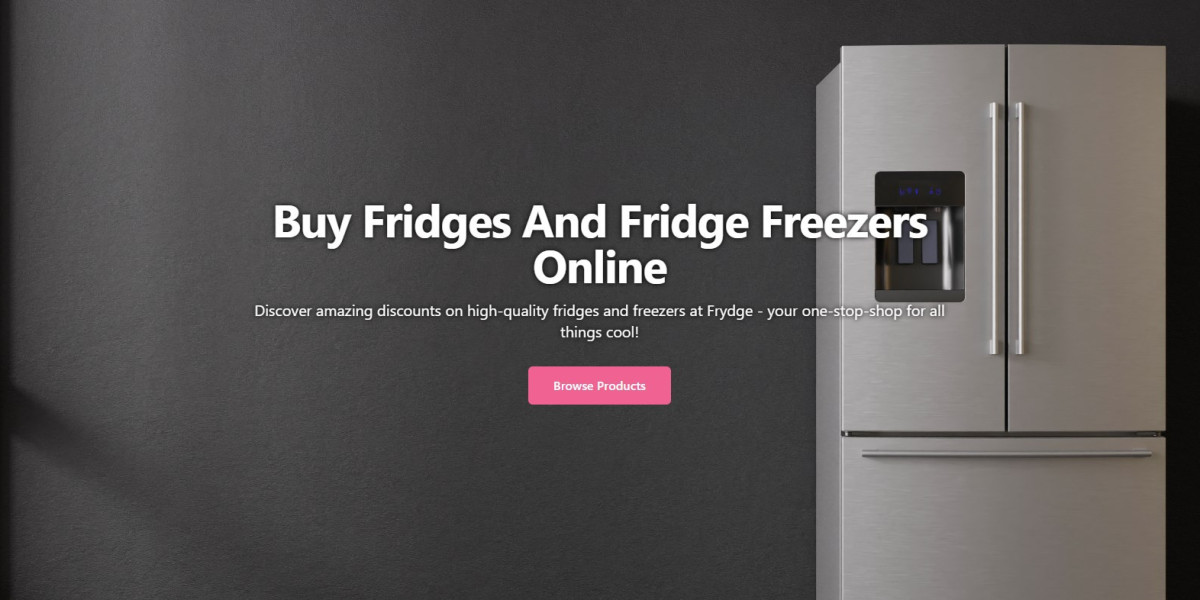In this detailed guide, we’ll break down exactly what drives the laser cleaning machine price and help you understand what to expect when budgeting for one.
Laser Cleaning Technology: A Quick Refresher
Before understanding the pricing structure, it helps to briefly recall what a laser cleaning machine does. Using focused laser beams, these machines remove contaminants, rust, paint, oxide, and other residues from metal or non-metal surfaces. Unlike traditional cleaning methods such as sandblasting or chemical etching, laser cleaning is contactless, precise, and leaves no secondary waste.
Despite that basic function being similar across all machines, not all laser cleaning machines are built the same. And that directly affects the price.
Power Output and Its Role in Price Tag
One of the first elements that directly influence laser cleaning machine price is its power output. Machines typically range from 50W to 3000W. A higher wattage allows deeper and faster cleaning, but it also drives the price up significantly.
Low-power units (50W–100W) are usually suitable for fine cleaning or delicate surfaces, priced from $2,000 to $5,000.
Mid-range machines (200W–500W) are ideal for general industrial cleaning and may cost anywhere from $8,000 to $20,000.
High-power machines (1000W and above), designed for demanding industrial operations, can exceed $35,000 or more.
It’s important to understand that power isn’t just about speed—it also reflects duty cycles, cooling demands, and precision tolerances, all of which add to the manufacturing cost.
Source of the Laser: The Heart of the Cost
The laser source is one of the most expensive components inside the machine. Reputable laser sources like IPG (Germany), Raycus (China), or JPT (China) vary in quality, durability, and price.
For example, machines with IPG sources are known for high stability and longer lifespans, often pushing the price 25%–40% higher than a similar model with a domestic source. On the other hand, Raycus or Maxphotonics may offer a more budget-conscious option, especially for regions where IPG support or parts may be harder to find.
So, when comparing two machines with the same wattage but different brands of laser sources, expect a significant difference in price.
Cooling Mechanism: Air-Cooled vs. Water-Cooled
Another hidden factor influencing laser cleaning machine price is the cooling system. Lower-wattage machines can operate with air cooling, which is cheaper and simpler. But once power levels rise, water-cooled systems become necessary to prevent overheating and ensure stable performance.
Water-cooled machines require additional hardware like chillers, pumps, and piping, increasing not just the initial cost but also the ongoing maintenance expenses. Machines equipped with closed-loop or dual-circuit cooling systems often see a jump in price by several thousand dollars.
Portability and Housing Design
Laser cleaning machines come in various configurations:
Handheld portable units
Backpack-style compact machines
Cabinet-based or cart-mounted industrial units
More compact and portable units tend to require custom-designed housings, miniaturized components, and additional ruggedization. These design complexities add to the manufacturing cost. For example, a 1000W portable laser cleaner might cost just as much—or more—than a 1500W industrial floor unit due to the engineering that goes into its mobility and durability.
Also, fiber cable length, weight balancing, and ergonomic grips matter for handheld operations. These are fine details but make a real impact on both price and usability.
Control System and User Interface
The software interface and control system might not be the first thing you think of when considering laser cleaning machine price, but it plays a key role.
Machines that feature touchscreen controls, real-time parameter adjustment, and programmable cleaning modes often incorporate advanced digital controllers and software licenses, all of which add to the cost. Meanwhile, entry-level models with analog knobs or fixed settings are cheaper to produce and come at a lower price point.
Compliance with Safety and Industry Standards
A professional-grade laser cleaning machine must comply with strict international safety and performance standards such as:
CE (Conformité Européenne) for European markets
FDA for US laser regulations
ISO certifications for quality control and documentation
Machines that are certified for such compliance undergo additional testing, quality assurance, and regulatory processes—all of which contribute to the final price.
If you're comparing a $15,000 machine with proper documentation against a $7,000 import that lacks basic safety features or labels, you’re not looking at an apples-to-apples comparison.
Warranty, Support, and Spare Parts Availability
Another overlooked contributor to the laser cleaning machine price is after-sales support.
A machine that comes with:
A 2-year warranty
On-site service options
Local technical support
Guaranteed spare parts availability
…is almost always going to cost more than a machine sold with a basic 3-month warranty and no real-time service network. However, in the long run, such support significantly reduces downtime and operating costs.
Customization and Application-Specific Design
Some businesses require customized laser cleaning solutions tailored to a specific surface, coating, or environment. That could include:
Automatic cleaning arms
CNC integration
Robotic compatibility
Dust extraction add-ons
Naturally, these modifications increase the cost. A customized machine can cost 20% to 60% more than a generic model but may deliver higher performance and ROI for specific industrial processes.
Where You Buy Matters
The laser cleaning machine price also varies depending on the source:
Direct from manufacturers often means better prices, but longer shipping times and language barriers.
Authorized distributors may charge more but offer training, installation, and faster support.
Online marketplaces show attractive deals, but beware of vague specifications, hidden shipping costs, and uncertain quality.
It’s not uncommon to see a 1000W machine range from $12,000 to $30,000 depending on the seller’s location, support level, and included accessories.
Accessories Included in the Price
Always check what’s included in the quoted laser cleaning machine price. Some suppliers offer machines with:
Protective laser goggles
Portable carrying cases
Foot pedals
Multi-mode lenses
Software licenses
Others sell a bare unit, requiring you to purchase everything else separately. A cheaper base price may not always mean a better deal if you must invest another $2,000–$3,000 in essential accessories afterward.
Is a Higher Price Always Better?
Not necessarily. It depends on your specific needs.
If you’re using it for occasional restoration work, a lower-wattage model with fewer extras might be ideal.
If your use case involves continuous industrial cleaning, investing in a more expensive unit with proper support, power, and durability is a smarter long-term move.
Always match the machine's specifications to your exact operational demand. That’s the only way to ensure value for money.
Final Thoughts
The laser cleaning machine price isn't just about the wattage printed on the label. It’s a sum of the machine’s core components, source quality, build standards, regulatory certifications, and after-sales value. When evaluating the price, it's critical to understand what you're actually paying for—not just the upfront cost but the total lifetime utility.
Choosing the right machine involves looking deeper than the surface. Whether your focus is industrial maintenance, automotive restoration, or high-precision cleaning, aligning your purchase with real-world needs and supplier reliability will always yield better returns.







